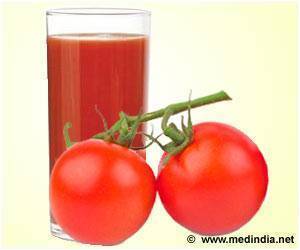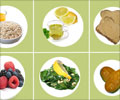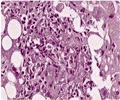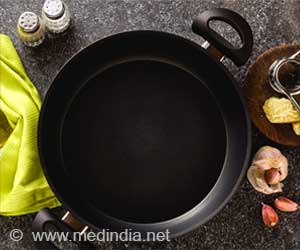- Tomato juice kills harmful bacteria, including Salmonella Typhi, unveiling its potent antimicrobial prowess
- Researchers have identified two powerful tomato peptides that naturally combat bacterial threats
- Tomato juice emerges as a robust antibacterial agent, urging increased consumption for a healthier society
Tomato Juice's Antimicrobial Prowess
Led by Dr. Jeongmin Song, Associate Professor in the Department of Microbiology & Immunology at Cornell University, the study aimed to explore the ability of tomato juice to combat enteric pathogens, including the notorious Salmonella Typhi responsible for typhoid fever. The researchers embarked on a multi-faceted approach to unravel the mysteries of tomato juice's antimicrobial efficacy. The initial phase involved laboratory experiments to confirm the tomato juice's ability to eliminate Salmonella Typhi. Satisfied with this discovery, the team delved into the tomato's genome, seeking antimicrobial peptides responsible for this remarkable feat. Antimicrobial peptides, small proteins with the ability to disrupt bacterial membranes, emerged as the key players.Tomato Juice is a Natural Antimicrobial Ally
To enhance the study's depth, the research team extended their investigations to different variants of Salmonella Typhi prevalent in regions with high incidences of the disease. Additionally, computer-based studies provided insights into the mechanisms by which the antibacterial peptides targeted Salmonella Typhi and other enteric pathogens.The crux of the discovery lies in tomato juice's ability to eliminate Salmonella Typhi, including its hypervirulent variants, and combat other bacteria with detrimental effects on digestive and urinary tract health. Notably, the two identified antimicrobial peptides achieve this by disrupting the bacterial membrane, a protective layer crucial for the pathogen's integrity.
Dr. Song emphasized the significance of their findings, stating, "Our research shows that tomato and tomato juice can get rid of enteric bacteria like Salmonella." The implications extend beyond the laboratory, as the researchers express the hope that this newfound knowledge will encourage the general public, particularly children and teenagers, to incorporate more tomatoes, fruits, and vegetables into their diets. The natural antibacterial benefits of these foods emerge as a compelling reason to promote their consumption.
In conclusion, the study illuminates tomato juice as a potent natural ally in the fight against enteric bacteria. The identified antimicrobial peptides open avenues for further exploration in harnessing the antimicrobial potential of everyday foods. As awareness spreads regarding the antibacterial benefits of tomatoes, a shift towards a diet rich in these components could contribute to a healthier, more resilient society. This groundbreaking research underscores the untapped potential of common foods in addressing public health challenges.
References:
- Antimicrobial properties of tomato juice and peptides against typhoidal Salmonella - (https://journals.asm.org/doi/10.1128/spectrum.03102-23)














